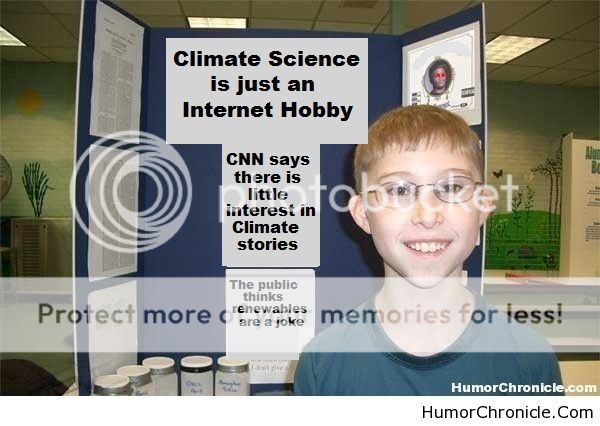Old Rocks
Diamond Member
None operate in a blizzard in sub-zero temperatures? You are a liar, Elektra.
Watching Wind Turbines in Snow Sheds Light on Inefficiencies
The new research was led by by University of Minnesota assistant professor Jiarong Hong, whose team spent time watching weather forecasts, waiting for a nighttime storm in which they could light up snowflakes around a turbine at the school's wind energy research station.
Hong, a mechanical engineer, was encouraged by more ordinary observation of snow early in his work: "When you look at the snowflakes around street lamps, that actually illustrate vividly how snow motions can be captured and might be able to be used to track [air] flows."
Sometimes, his seven-person team drove out to the field station, set up all their equipment, and the snow didn't come.
Other times, they braved ten-hour stretches of working in subzero temperatures, only to be hampered by malfunctioning equipment and, at least once, a stranded vehicle. "It's really a heroic effort to get data like this," Hong said.
The experiment came together around 2 a.m. one snowy morning in February of last year, when Hong's researchers positioned a spotlight behind a 2.5 megawatt wind turbine. The spotlight was fitted to cast a thin sheet of light that illuminated the snow as the turbine sliced through it.
Hong and his team were finally able to gather data showing how air behaves behind a utility-scale turbine, giving new insights into how the turbulence works. For instance, they found that the air disturbances that other researchers had detected occur closer to the turbine blades than described in previous studies.
Watching Wind Turbines in Snow Sheds Light on Inefficiencies
The new research was led by by University of Minnesota assistant professor Jiarong Hong, whose team spent time watching weather forecasts, waiting for a nighttime storm in which they could light up snowflakes around a turbine at the school's wind energy research station.
Hong, a mechanical engineer, was encouraged by more ordinary observation of snow early in his work: "When you look at the snowflakes around street lamps, that actually illustrate
Sometimes, his seven-person team drove out to the field station, set up all their equipment, and the snow didn't come.
Other times, they braved ten-hour stretches of working in subzero temperatures, only to be hampered by malfunctioning equipment and, at least once, a stranded vehicle. "It's really a heroic effort to get data like this," Hong said.
The experiment came together around 2 a.m. one snowy morning in February of last year, when Hong's researchers positioned a spotlight behind a 2.5 megawatt wind turbine. The spotlight was fitted to cast a thin sheet of light that illuminated the snow as the turbine sliced through it.
Hong and his team were finally able to gather data showing how air behaves behind a utility-scale turbine, giving new insights into how the turbulence works. For instance, they found that the air disturbances that other researchers had detected occur closer to the turbine blades than described in previous studies.




